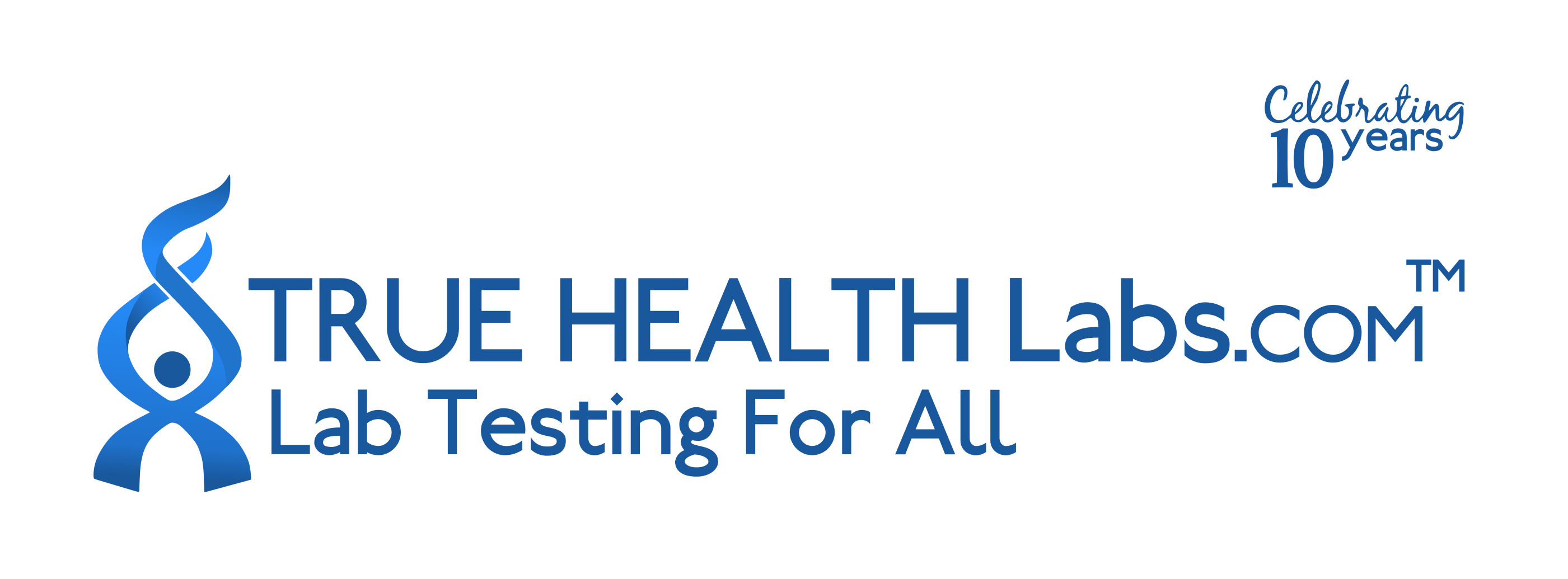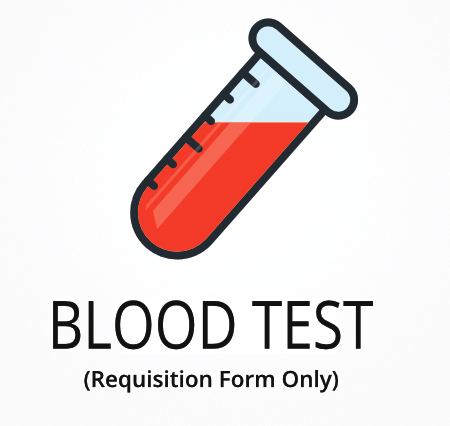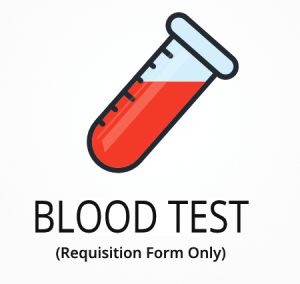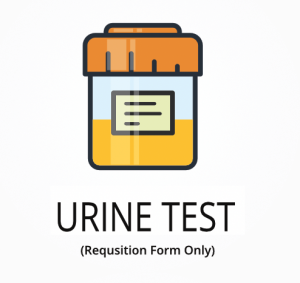Ordering the Complete Blood Count Without Differential
The Complete Blood Count Without Differential is a common blood test that measures several key components in your blood, including red and white blood cells, hemoglobin, hematocrit, and platelets. This test helps check for conditions like anemia, infections, and other blood-related issues by providing a detailed look at your blood’s makeup. Interestingly, this test can also help detect hidden vitamin B12 or folate deficiencies, which may not show obvious symptoms at first.
Ordering this test can provide specific benefits, including:
- Detecting early signs of anemia before symptoms develop
- Monitoring changes in blood cell counts during ongoing treatment
- Tracking recovery after surgery or illness
- Checking for unexpected changes in platelet levels
- Identifying possible vitamin or mineral deficiencies
Who Should Consider a Blood Cell Count Panel
People who feel tired more often than usual, notice frequent bruising, or have unexplained weakness may benefit from this test. For example, someone who has been feeling unusually tired and has noticed more bruises than normal might find answers through this blood test, helping them and their doctor decide on the next steps.
Ordering this test may also be helpful in these situations:
- Tracking blood counts during long-term medication use
- Checking for changes after a recent infection
- Monitoring blood levels during pregnancy
- Evaluating unexplained headaches or dizziness
- Assessing blood cell changes in people with a family history of blood disorders
This test gives clear numbers for red and white blood cells, hemoglobin, and platelets, which can help find or rule out specific blood problems. Delaying this test could mean missing early changes in blood counts, which might make it harder to find the cause of symptoms or track how well a treatment is working. To get the most useful results, consider ordering the test when you notice changes in your energy, bruising, or other symptoms related to blood cell levels.
Preparing for a Routine Blood Panel
No fasting is needed before this test, so you can eat and drink as usual unless your doctor gives you other instructions. Always follow any directions your doctor or healthcare provider gives you to make sure your results are as helpful as possible.
Labs Included When Ordering Your Complete Blood Count Without Differential
| Test Name | Reference Range | What This Measures | Low and High Levels of Complete Blood Count Without Differential |
|---|---|---|---|
| WBC (White Blood Cell Count) | 3.8 – 10.8 | Counts the number of white blood cells, which help fight infection. This value can show if your body is fighting an infection or if your immune system is affected. |
High levels mean your body may be fighting an infection, inflammation, or stress.
Low levels mean your immune system may be weakened or affected by certain conditions. |
| RBC (Red Blood Cell Count) | 4.20 – 5.80 | Measures the number of red blood cells, which carry oxygen throughout your body. This helps check for anemia or other blood disorders. |
High levels mean your body may be making too many red blood cells, possibly due to dehydration or other causes.
Low levels mean you may have anemia or blood loss. |
| Hemoglobin | 13.2 – 17.1 | Shows the amount of hemoglobin, a protein in red blood cells that carries oxygen. This helps find out if your blood can carry enough oxygen. |
High levels mean your blood may be thicker or you may have lung or heart issues.
Low levels mean you may have anemia or blood loss. |
| Hematocrit | 38.5 – 50.0 | Shows the percentage of your blood made up of red blood cells. This helps check for anemia, dehydration, or other blood problems. |
High levels mean you may be dehydrated or have a condition causing too many red blood cells.
Low levels mean you may have anemia or blood loss. |
| MCV (Mean Corpuscular Volume) | 80 – 100 | Shows the average size of your red blood cells. This helps find out what type of anemia you may have. |
High levels mean your red blood cells are larger than normal, which can happen with vitamin B12 or folate deficiency.
Low levels mean your red blood cells are smaller, which can be seen in iron deficiency anemia. |
| MCH (Mean Corpuscular Hemoglobin) | 27.0 – 33.0 | Shows the average amount of hemoglobin in each red blood cell. This helps find out if your red blood cells have enough hemoglobin. |
High levels mean your red blood cells may have more hemoglobin, often seen in certain types of anemia.
Low levels mean your red blood cells may have less hemoglobin, which can happen with iron deficiency. |
| MCHC (Mean Corpuscular Hemoglobin Concentration) | 32.0 – 36.0 | Shows the average concentration of hemoglobin in your red blood cells. This helps check for different types of anemia. |
High levels mean your red blood cells may be more concentrated with hemoglobin, which can happen in some blood disorders.
Low levels mean your red blood cells may have less hemoglobin, often seen in iron deficiency anemia. |
| RDW (Red Cell Distribution Width) | 11.0 – 15.0 | Shows the variation in size of your red blood cells. This helps find out if you have mixed types of anemia or other blood issues. |
High levels mean there is a wide range of red blood cell sizes, which can happen with certain types of anemia.
Low levels mean your red blood cells are more uniform in size, which is usually normal. |
| Platelet Count | 140 – 400 | Counts the number of platelets, which help your blood clot. This helps check for bleeding problems or bone marrow issues. |
High levels mean your body may be making too many platelets, which can increase the risk of blood clots.
Low levels mean you may have a higher risk of bleeding or bruising. |
Reference ranges can change over time. For the most current values, visit the Quest Diagnostics lab test directory.
Complete Blood Count Without Differential FAQ
Is there Complete Blood Count Without Differential testing near me?
You can find nearby locations for this test using the patient service center locator, which also lists mobile phlebotomy options for those who may have trouble traveling or need quick access for ongoing monitoring of blood cell changes.
What is the cost of the test?
The price you see for this test includes all fees, including sample collection at patient service center locations. Ordering this test is worth it if you need to track changes in your blood counts for conditions like anemia or after starting a new treatment.
How often should I retest?
Most people retest every 3 to 6 months, or as recommended by their doctor, especially if they are monitoring a known blood condition or tracking treatment progress. Regular retesting helps catch changes in blood cell counts early, making it easier to adjust care if needed.
How accurate is the test?
This test uses automated hematology analyzers, which count and measure blood cells with high precision. The specificity is about 98% and sensitivity is around 97%. All tests at TrueHealthLabs.com are performed by CLIA-certified labs, meeting strict quality and precision standards.
Medical Review Board
Reviewed by Jeff Donohue M.D. from Body Logic and Brady Hurst DC, CCCN. Written by True Health Lab’s team of editorial health contributors.
Disclaimer: This information is for educational purposes only and not intended as medical advice. Consult your healthcare provider for personalized guidance.
Why Customers Trust True Health Labs - What People are saying
Also rated 4.6 out of 5 based on 3452 ShopperApproved reviews- See all TrueHealthLabs.com reviews.







